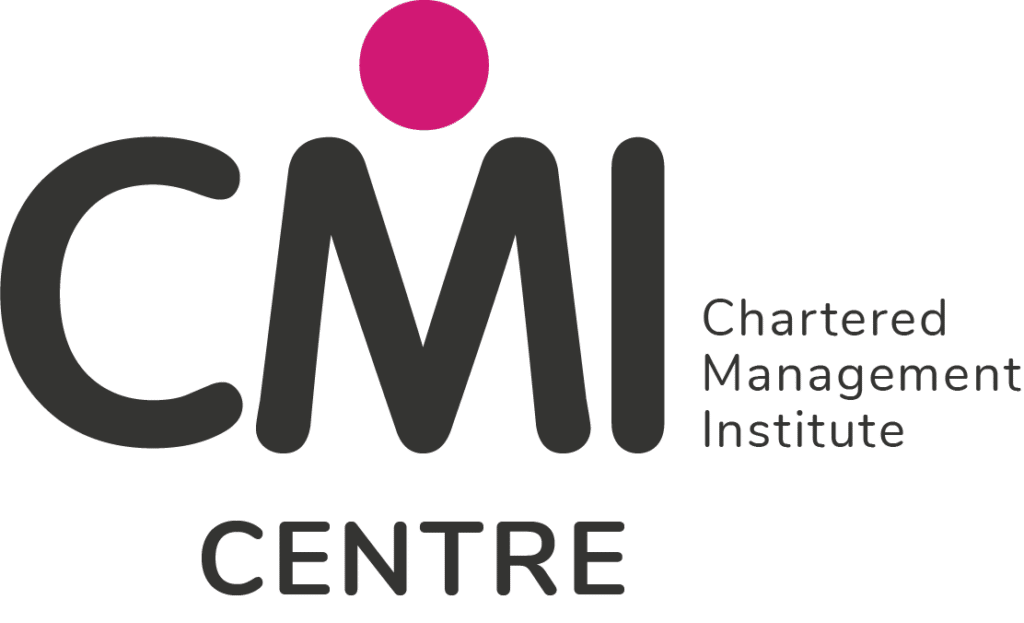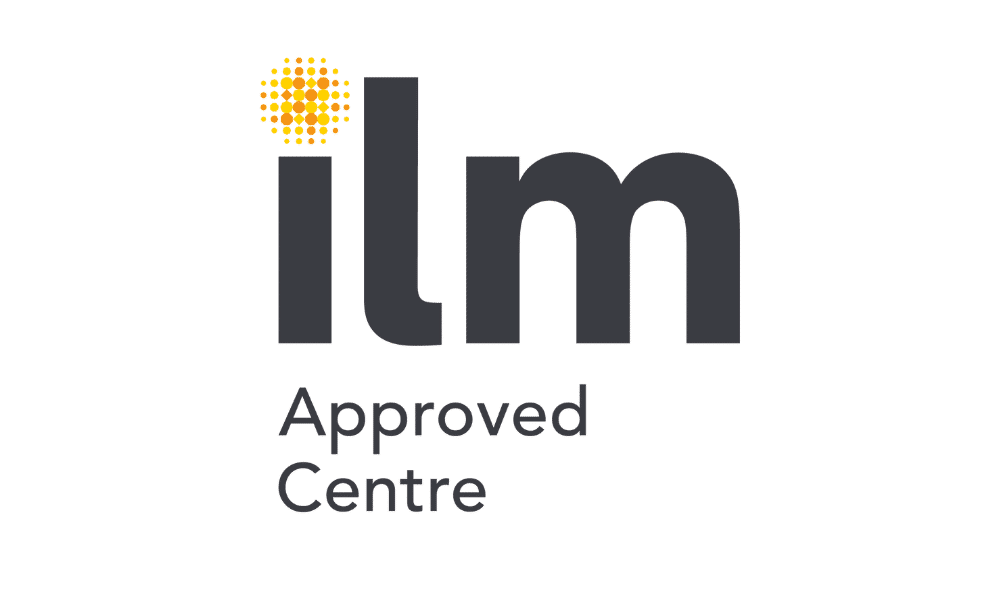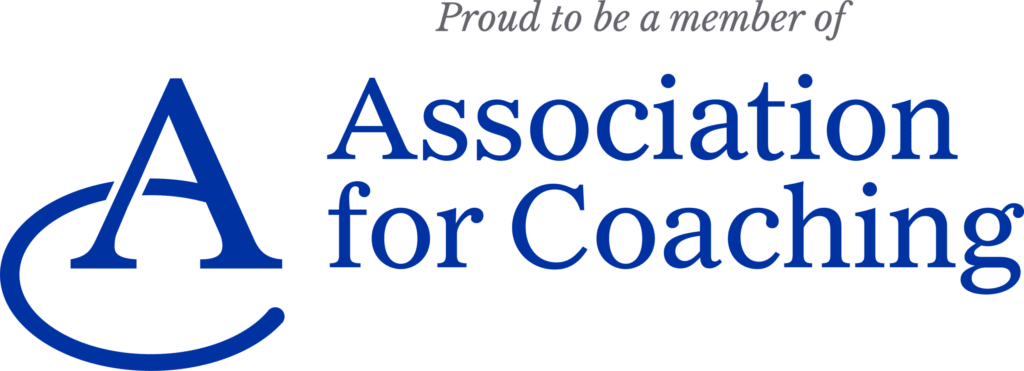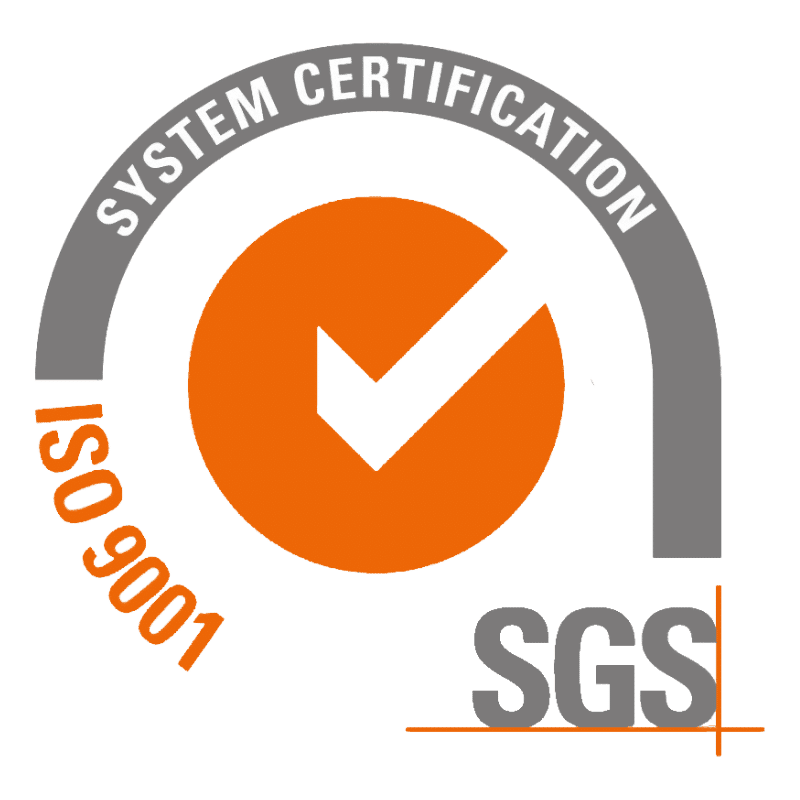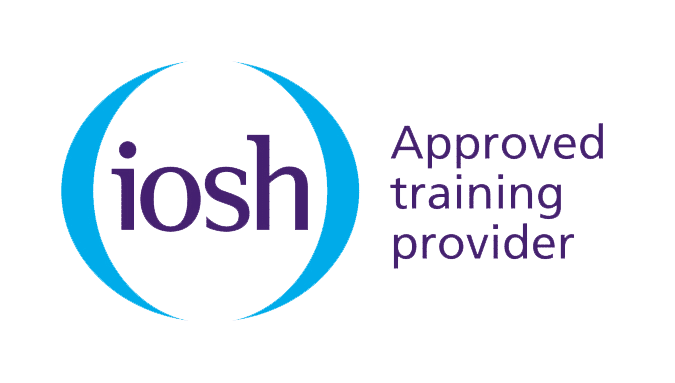Effective communication is more than making sure messages are getting to their destination, it is about making sure they are being understood. Similarly, individuals at the receiving end must consider what they can do to better understand the communications of others. In this way, everyone can contribute to an organisational culture of effective communication.
A good way of exploring levels of understanding in communication is the Shannon-Weaver model. Below are the various elements of this model, each of which sheds its own light on the steps individuals can take to ensure communication is effective.
Source

The sender of the communication internally processes the information or feelings that they are wanting to share and decides on a recipient(s) to send it in the direction of. Think about how communication can fail here before it’s even begun – if the sender themselves doesn’t understand the information they need to share or is conflicted about the feelings they want to send, what hope does the recipient have?
Encoding

The sender puts their message in a format they anticipate the recipient(s) will be able to understand: this might be the text of an email or the speech of a phone call. There is clear scope for ineffectiveness here and the name of the element should give you a clue – what if the message is ‘encoded’ into a format that can’t be deciphered?
Channel (& Noise)

After being ‘encoded’, the message is sent down a channel which, in turn, is subject to noise. The literal meaning can still apply, like a noisy environment undermining a conversation, but more applicable are metaphysical issues like personal distractions, preconceived biases and other misinterpretations. If the recipient already thinks the senders emails are condescending, for example, how openly will they approach the next one that drops into their inbox?
Decoding

Once it’s past the noise, the message is decoded. This can be an isolated event, such as reading an email, or can be happening in the moment, like listening to someone else when on one end of a conversation.
Destination

Only after the message has been decoded can it be considered as having arrived at its ‘destination’. This is because it’s not the fact that the email has been opened that is important, it’s how the text of that email translated to understanding in the recipient’s brain that matters.
Feedback Loop

Shannon & Weaver’s model was augmented by an additional, but now widely accepted, step after their initial proposal – the feedback loop. This occurs when the recipient lets the sender know a) that they got the message and, preferably, b) to what extend they understood it or how they interpreted it.

In the modern world, we live globally connected lives with the potential to send – and availability to receive – information of all formats, all the time! It’s clear that communication isn’t as linear in Shannon & Weaver’s days – the convergence of communication methods and information technology has disrupted their directional flow and ‘feedback’ is not possible in every communication scenario.
We are closely connected to others technically, but this is not to be confused with an equally effective communication connection underpinning and supporting required relationships with others. Technology has driven communication to take a very casual and less than professional approach and lack clarity. The context and purpose of communication needs to be reflected upon and reviewed continually.
Whether individuals are sending an ‘all users’ memo or pulling someone aside for a quick chat, if they take the time to consider how they are ‘coding’ their message, how it might be subject to noise, and how it will be unpacked at the other end, their message is much more likely to be understood and their communication is much more likely to be effective.

Eliesha has a variety of learning products and services that can support effective communication in your organisation. Our learning workshops – of various lengths and available virtually or face-to-face – can introduce or explore what good communication looks like and how it’s practicable.
The Shannon-Weaver communication model is a perfect example of the value of our microlearning product series pearls of wisdom. These engaging 3-4 minute videos are designed to spark the interest of learners with methods and models that they can immediately put into practice.
We can also bring about significant development of knowledge, skills and behaviours in your workforce via Management & Leadership, Coaching & Mentoring and Management Apprenticeship qualifications, all of which cover workplace communication and its importance in some way.
Visit our Talk to Us page to fill out an enquiry and tell us about your requirements.
